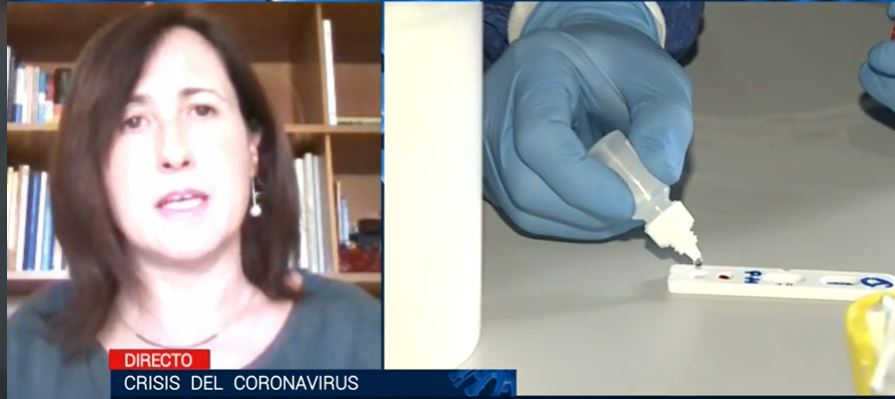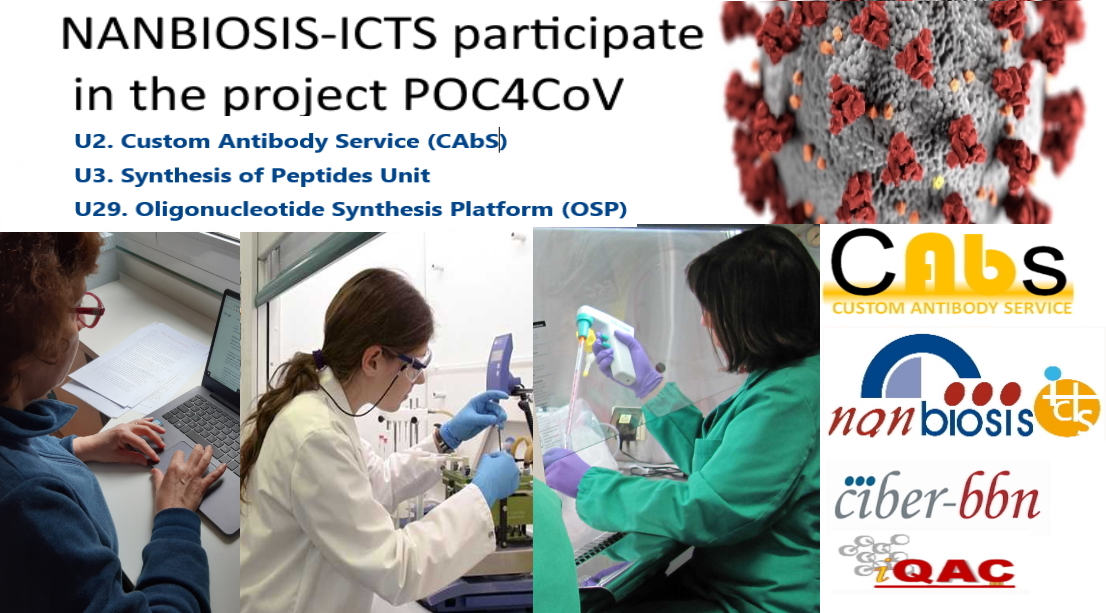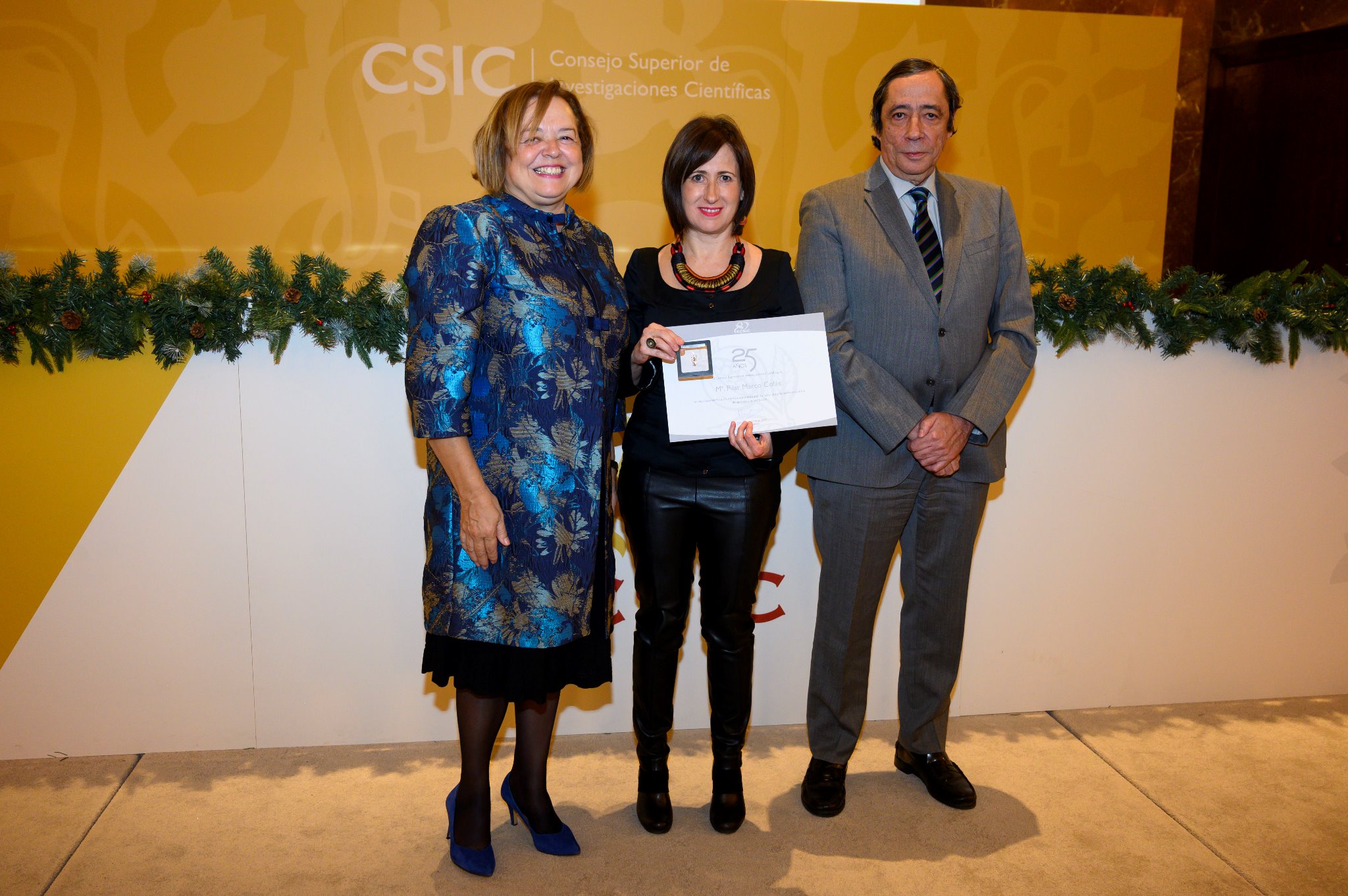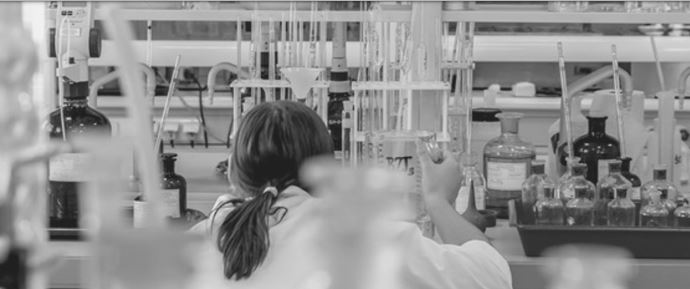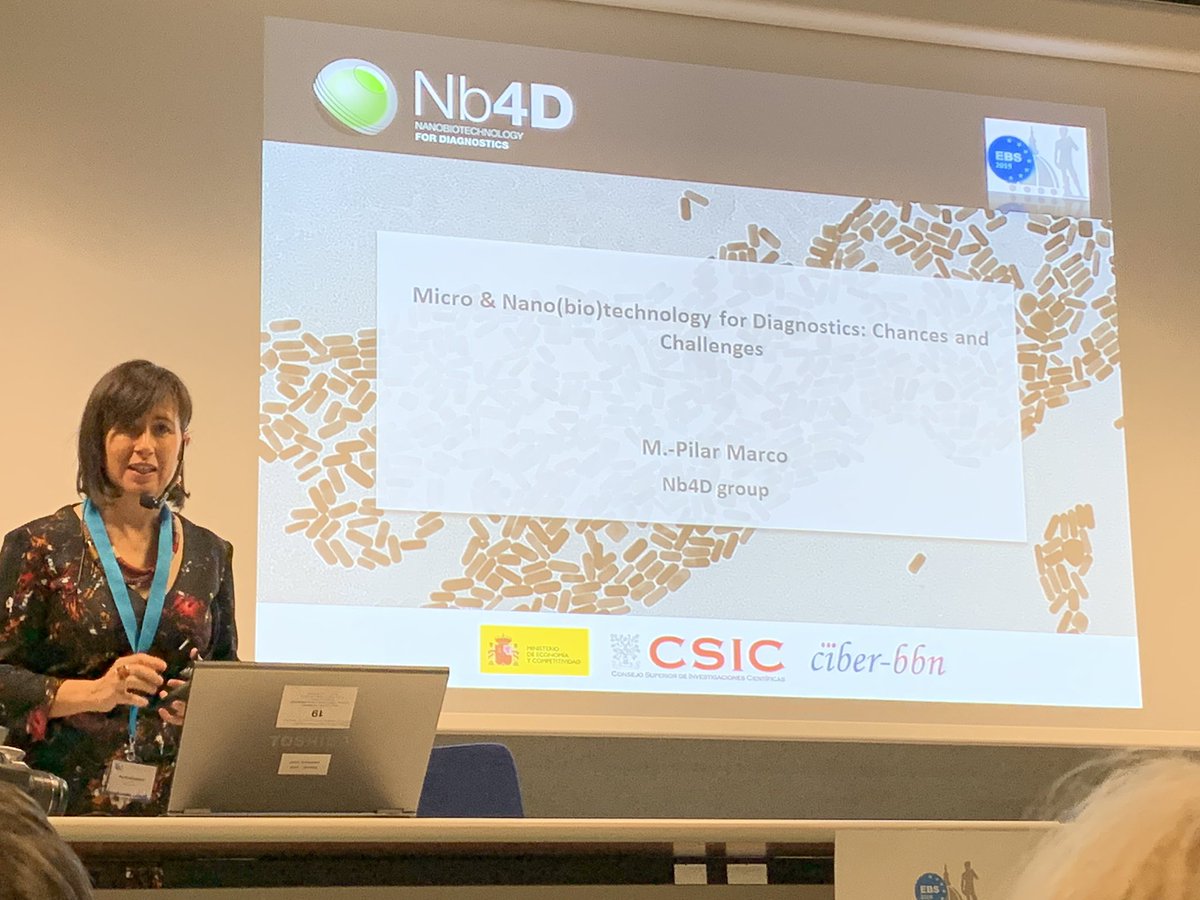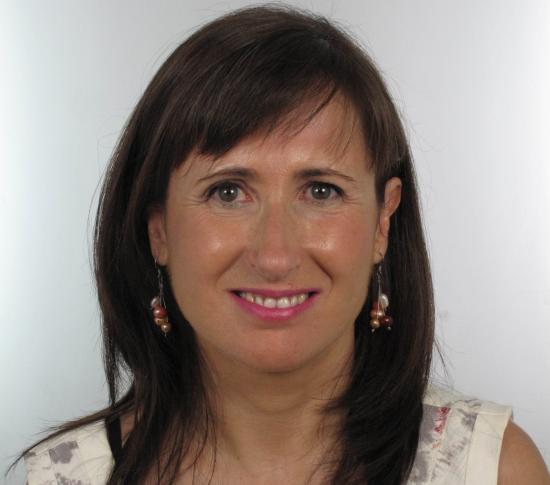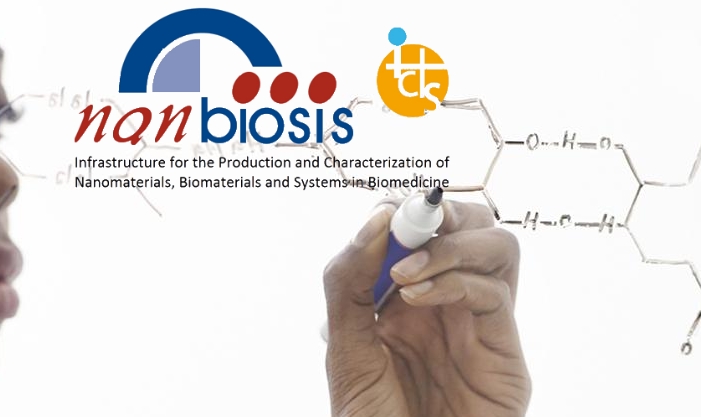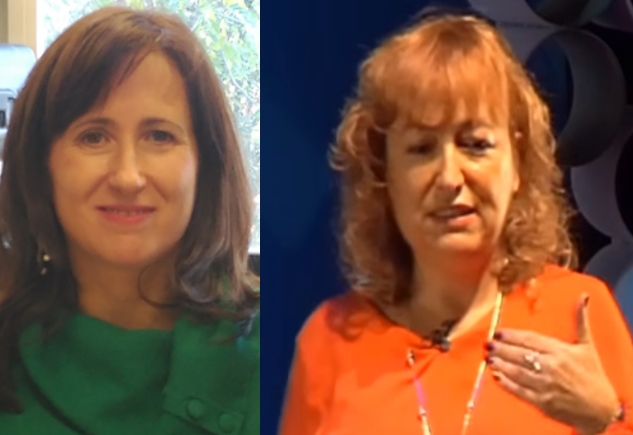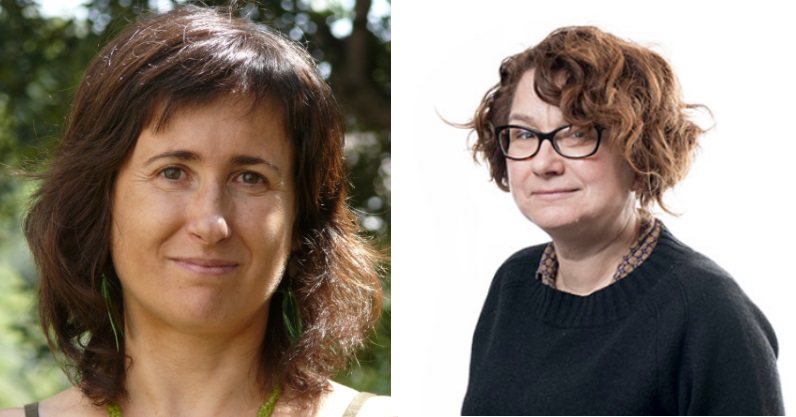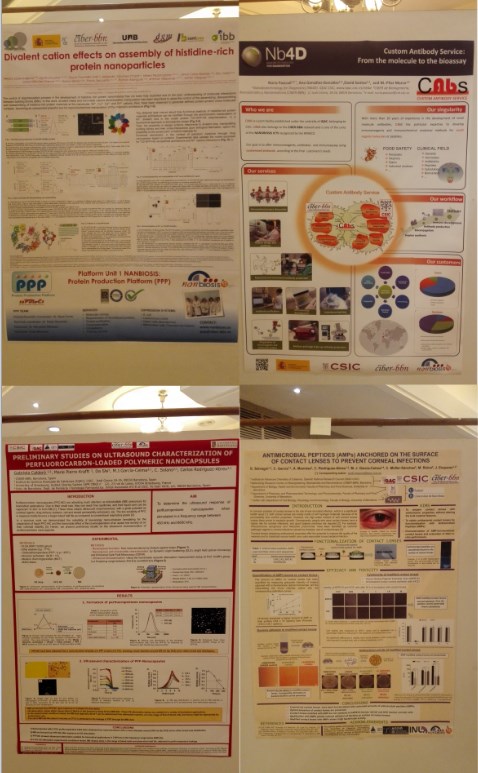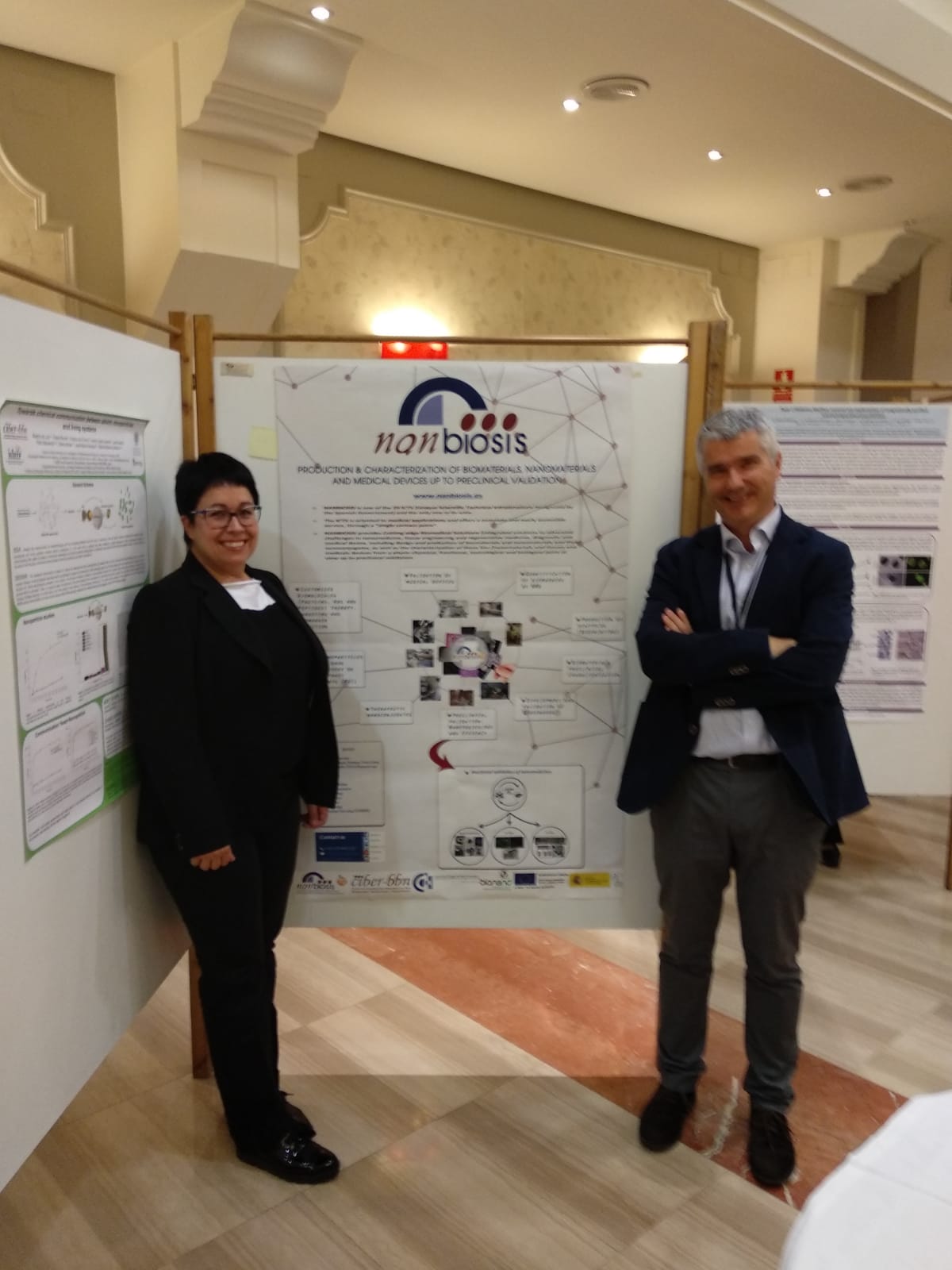Pilar Marco explains on TV her group’s research against Covid-19 pandemic
M.-Pilar Marco, Scientific Director of NANBIOSIS Unit 2 Custom Antibody Service (CAbS) has been interviewed on Spanish TV (RTVE) to talk about her research against the Covid-19 pandemic in the frame of the CSIC POC4CoV project, for the development of new and rapid diagnostic tools.
Nb4D group of CIBER-BBN and IQAC-CSIC, led by Prof. Marco is working on the development of tests to increase the efficiency and speed of diagnosis of the methods currently on the market.
According to Pilar Marco, the new strategy of the project differs basically in two fundamental aspects: on the one hand the technology, which is based on the current knowledge of some of the CSIC’s research groups in micro and nano techno technology and, on the other hand, in the selection strategy of the antigens that will produce a more specific and sensitive response to the or SARS-COV-2.
The time required to develop these tests is relatively short since researchers have the advantage of having detection technologies already developed and tested in other types of projects, but even so, these tests need between 6 and 8 months of development to obtain the first prototypes that, obviously, will have to be validated so that they can be made available in the market in a safely. Therefore the new tests will help us to be much better prepared before the new waves of the pandemic expected by the epidemiologists.
The interview can be watched in the following link (0:41:50)
Further information on POC4CoV project here
